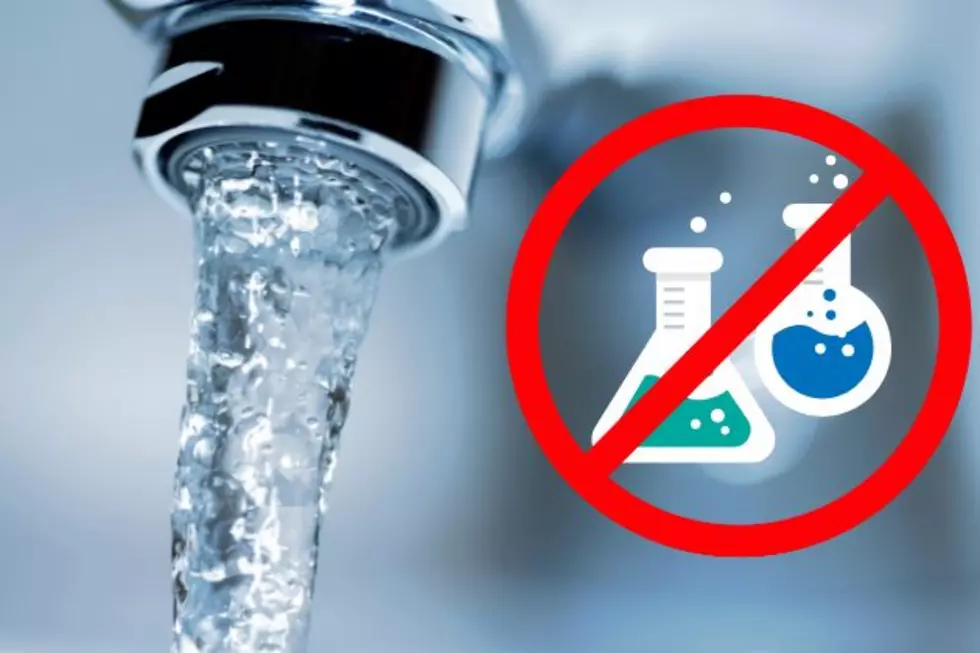
NJ veterinarian: Why NJ algal blooms can be deadly for pets
Man's best friend may just be too playful at times, which likely led to the deaths of a handful of dogs in neighboring states that, just like New Jersey, are dealing with harmful algal blooms in select bodies of water.
Experts claim dogs are more vulnerable than humans to this toxic, potentially lethal algae due to their tendency to either drink the water while bathing in it, or licking it off their fur after getting out.
The Garden State's played host this summer to roughly a dozen HAB advisories, encouraging the public to avoid contact with the water due to potential exposure to cyanobacteria, which causes the blue-green algae bloom. The advisories also point out that pets and livestock should not contact or swallow the water.
News reports indicate that pet owners in North Carolina and Georgia recently lost their dogs shortly after letting them splash around in bodies of water affected by the issue, which is exacerbated by environmental conditions such as high nutrients, warm temperatures and calm waters.
"Because of global warming and changes in temperature and whatnot, we're seeing it more on the East Coast," said Dr. Adam Christman, co-chief of staff at Brick Town Veterinary Hospital.
Dogs that have contacted or ingested HAB-laden waters may present with symptoms such as vomiting or diarrhea, weakness and seizures. As was the case in all of the recent reported deaths, symptoms have the potential to arise within minutes of exposure.
"By the time they present their signs to the pet owners, and then to the veterinarian ... their liver or their kidneys might be so shot," Christman said.
Regardless of HAB advisories, Christman said veterinarians generally recommend that dogs avoid standing water such as ponds or puddles.
"It's not just algal blooms; there's other infectious diseases and parasites that dogs can acquire," he said.
HABs, the state Department of Environmental Protection said, are typically bright green, but can appear as "spilled paint" or "pea soup" in the water. They could also be present in the water column below the surface.
Continued monitoring of HABs is considered the best tool to protecting the public health, as there is no scientifically sound treatment to eliminate the problem from water bodies, DEP said.
Liver toxicity and neurological effects are also possibilities for human beings exposed to the blooms. Less severe and more immediate symptoms include rashes, flu-like symptoms, respiratory issues and eye irritation.
More from New Jersey 101.5:
Contact reporter Dino Flammia at dino.flammia@townsquaremedia.com.
More From New Jersey 101.5 FM









